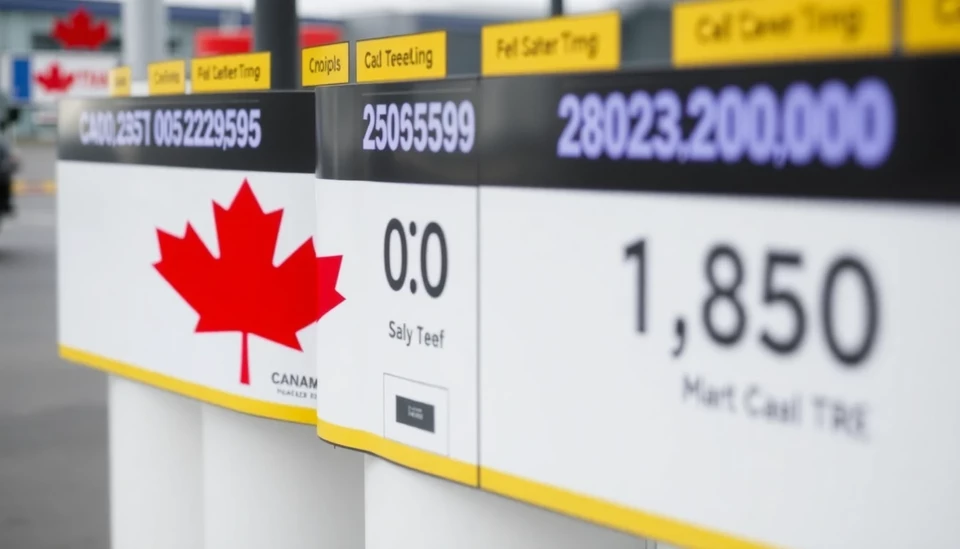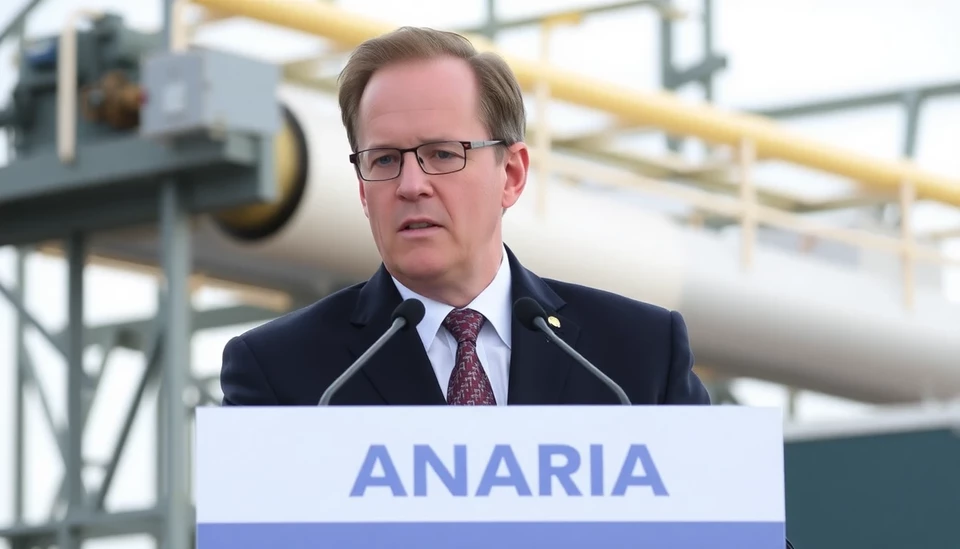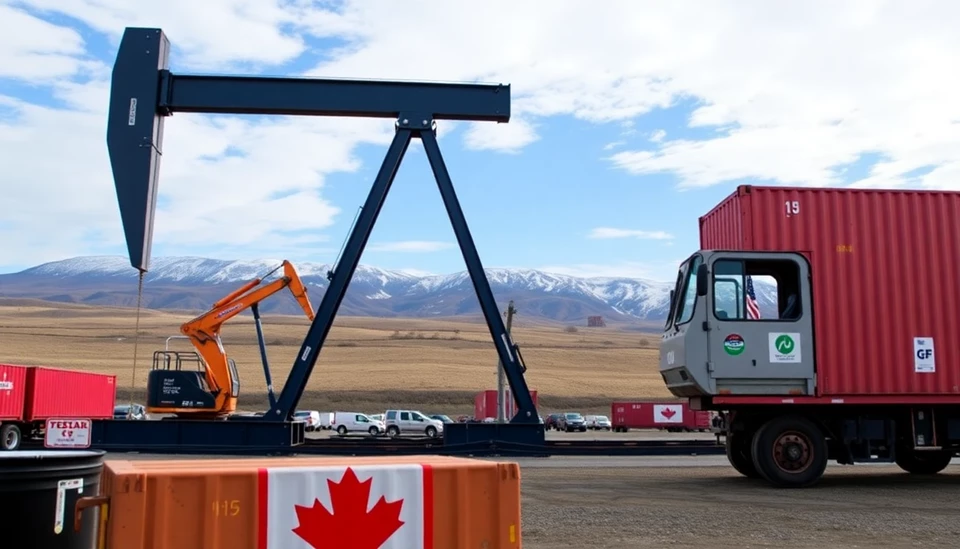
In a significant turn of events for the energy market, Canadian crude oil prices have skyrocketed in anticipation of impending tariffs. As traders and consumers rush to secure supplies before these tariffs go into effect, the crude oil market in Canada has experienced its strongest trading prices in four years. This surge can be attributed to a combination of factors, including expected regulatory changes and a robust demand from neighboring markets.
The price of Western Canadian Select (WCS), a benchmark for heavy crude, has jumped markedly, reflecting both local market conditions and international influences. With the looming tariffs poised to disrupt trade flows, industry experts are witnessing a frenetic pace of transactions as companies aim to stockpile crude at current rates before higher costs take effect. This pre-tariff rush highlights the volatile nature of the oil market, where anticipation of policy changes can lead to rapid fluctuations in pricing.
Recent data indicates that the price for WCS has hit levels not seen since 2021, showcasing a recovery from previous lows and demonstrating a strong resilience amid potential future challenges in trade. Analysts note that the influx of demand is not entirely unexpected; with major markets, particularly the United States, looking to secure stable crude supplies, Canadian oil producers have been well-positioned to benefit from this demand surge.
Furthermore, this price rally is a clear signal of the interconnectedness of global energy markets. The discussion surrounding tariffs has not only influenced Canadian crude prices but has also had a ripple effect on other markets. Investors and stakeholders closely monitor these shifts, gauging the implications for both domestic production and international export opportunities.
The urgency seen in the current market landscape stands as a testament to the potential volatility in crude pricing, particularly as political and economic factors continue to evolve. Stakeholders in the energy sector are now faced with the challenge of navigating these changes as they prepare for potential impacts on supply chains and pricing structures.
Industry leaders remain optimistic but cautious, as they recognize the need for strategic planning in light of the uncertain regulatory climate. The question that now lingers is whether these price increases can be maintained or if they will be subject to corrections once the initial rush subsides and the tariffs are officially implemented.
As the situation develops, the global energy community will undoubtedly keep a close eye on Canadian crude pricing trends and the broader implications for the oil market as a whole.
Stay tuned for further updates as this dynamic situation unfolds, and industry insiders provide additional insights into the future of Canadian crude in response to evolving tariff landscapes.
#CanadianCrude #OilMarket #Tariffs #EnergyPrices #WCS #CrudeOil #MarketTrends #EnergyNews #SupplyChain #TradingInsights #OilIndustry
Author: Rachel Greene

